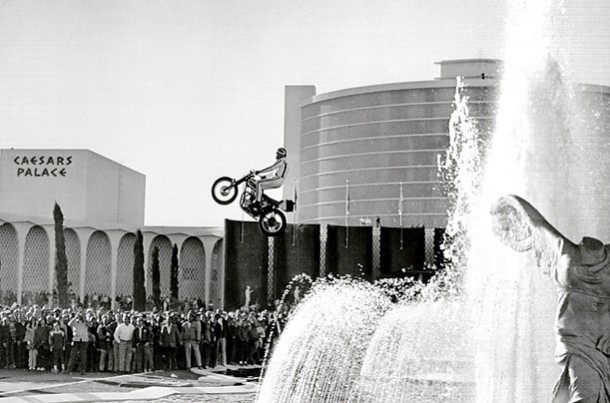Simple. Minions in 4ed were great for cinematic narrative. We do not have these in 5ed. Minions hit as much as the main monster of the same type and level but with only one hp. Monsters in 4ed had clearly defined roles and usually more than one way to damage the players or if they had only one, they hit like a truck. The higher the level, the more the monster would have "tricks" or the more damage it would inflict and the scale at which both was increasing was on par with the players.
Honestly, at start I really liked the concept of minions, but as time went by, I started to hate it more and more. Basically there is no plausibility here, these are (as the rest of 4e for me) a totally artificial concept of creatures extremely dangerous (they have the same high level attacks and damage as other monsters of their kind at equivalent level) but zero durability as any hit kills them. So it's a purely technical way of constructing adversaries and encounters to that, without any in world logic, some adversaries should be prioritised by the players, and give a bit more time of efficiency for the boss. There is no "cinematics" here, just pure luck because their defenses are high enough that even a high level adventurer basically has 50% to kill one with each attack. It's totally random, pure luck and not even tactical.
As a result, you had creatures that were 30th level goblins, which would decimate any party below level 25 because of the power of their attack and defenses, but would still die in one blow. Where is the logic here ? What are these creatures, exactly, where do they come from, how do they relate to the general population of goblins ? No-one knows, they are just pawns to be pushed on a grid to occupy the adventurers for a few rounds.
5ed. The main difference between high and low level is exactly the amount of HP monsters of the same type have. Yes higher CR monster hit harder, sure, but not on the curve we had seen in previous edition and character's HP scale way faster than what monster hit will inflict. Yes there are a few exceptions and guess what? These are exactly the same monsters that players have feared in all editions. The others though...
Still, for me, 5e did it way better by making even smaller monsters relevant at higher level. I don't need to invent 20th level goblins for a horde of small goblins to be still threatening at level 20, thanks to bounded accuracy. They will still be slaughtered in droves and make players feel better (way better than minions actually, because minions generated a huge amount of frustration with their arbitrarily high level of resistance), but they are still normal goblins, not technical absurdities. And if a high level adventurer tries to kill one, he will succeed every single time, as normal, the creature will not be protected by a purely technical raise of its defenses to give it 50% to survive each round.
And that also takes care of hit points and healing, these lower level creatures deal lower damage as well, which can be dealt with much more easily at high level anyway.
I will admit though that the addition of mythical monsters in Theros was a great inspiration.
There were a number of homebrew suggestions to the same effect, with multi-part bosses or with phases, but it's good that it was made official in MooT, as it's a really nice way of creating monsters with varying abilities and which tell a story. It also allows a DM to emulate 4e monsters with the equivalent of a "bloodied" condition, which, although artificial again, had the advantage of being able to models some interesting behaviours commonly found in genre adversaries. Actually the mythical monsters allows greater flexibility as you can create as many phases as you want, and because the number of HPs do not have to be the same, you avoid the metagaming of the 50% hp that some players clearly used in 4e.

